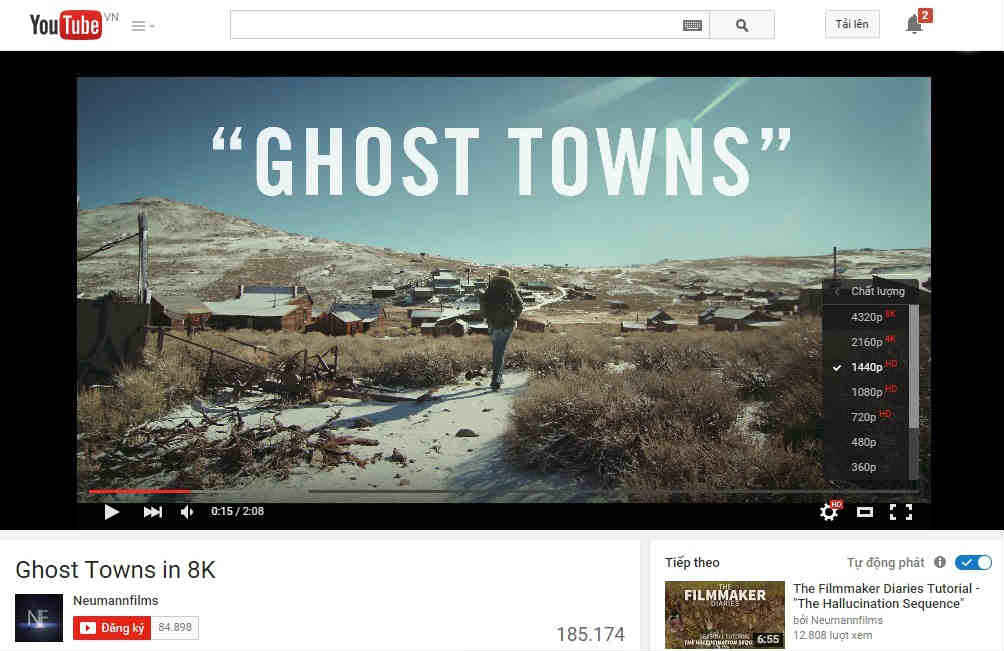
With VP9 being implemented presently, Google is already working on its new compression algo, VP10, which may halve 4K video file sizes
As the VP9 codec is being implemented across YouTube, Google has already started working on VP10 compression algorithm, which it hopes will reduce the size of 4K videos by half. The H.264 format is currently the most commonly used video compression format, with its successor, the HEVC (H.265) format expected to replace it. Google hopes to drastically reduce the amount of bandwidth required to stream 4K videos by implementing the VP10 format.
After acquiring On2 Technologies in 2010, Google implemented its VP8 technology in the WebM video file format. Google followed it up with the VP9 format last year, but was met with lukewarm reception. The High Efficiency Video Coding (HEVC), also called the H.265 format, developed by the Moving Picture Experts Group (MPEG) has seen wider acceptance over the VP9. YouTube videos had started streaming in the VP9 format through its HTML5 player, which is now the default choice instead of Flash. James Bankoski, Product Manager of Google Engineering told CNET in an interview that the VP9 format will deliver the same quality of video at half the size of an H.264 encoded video. With VP10, it is going to be reduced by a further 50% with respect to H.264. That will be a remarkable improvement over currently existing video compression algorithms. Simply put, when the VP10 codec gets implemented, the amount of data used to stream a 4K video would be equal to what it takes to stream that same in 1080p now.
Apart from drastically cutting down on the size, the new codec also promises to improve the quality of the video with sharper contrasts and higher dynamic range. Compression algorithm works by eliminating data with minimal or no loss of quality. The H.264 format is widely supported by the backing of Apple, among others. The H.265 format is likely to give stiff competition to the VP10. The one clear advantage that Google now has is the open source stature of VP9, as well as the VP10. Implementation of the H.264 codec involves high patent royalties. Very few professional video editing softwares have native support for the VP9 codec, whereas the H.264 format is widely adopted. It now remains to be seen how this battle of next-gen video codecs play out over the next couple of years.




